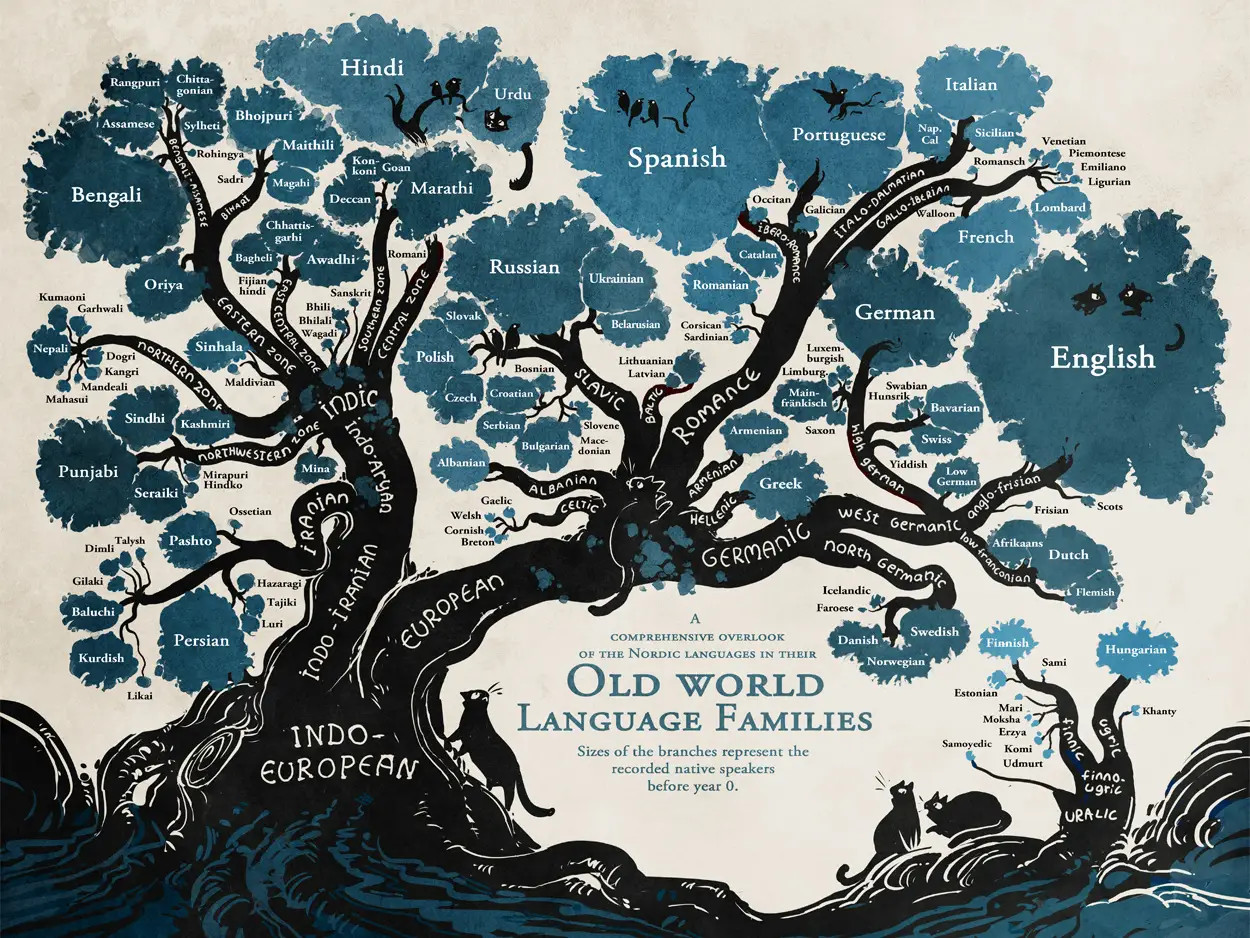

| Greek Isopsephy |
Hebrew Gematria |
Arabic Abjad |
Hindu-Arabic Numerals |
|---|---|---|---|
alpha |
aleph |
'alif |
|
beta |
bet |
bā' |
|
gamma |
gimel |
jīm |
|
delta |
daleth |
dāl |
|
epsilon |
heh |
hā' |
|
digamma / stigma |
vav |
wāw |
|
zeta |
zayin |
zāy / zayn |
|
eta |
het |
ḥā' |
|
theta |
tet |
ṭā' |
|
iota |
yud |
yā' |
|
kappa |
kaf |
kāf |
|
lambda |
lamed |
lām |
|
mu |
mem |
mīm |
|
nu |
nun |
nūn |
|
xi |
samech |
sīn |
|
omicron |
ayin |
'ayn |
|
pi |
peh |
fā' |
|
koppa |
tzady |
ṣād |
|
rho |
koof |
qāf |
|
sigma |
reish |
rā' |
|
tau |
shin |
shīn |
|
upsilon |
taf |
tā' |
|
phi |
final kaf |
thā' |
|
chi |
final mem |
khā' |
|
psi |
final nun |
dhāl |
|
omega |
final peh |
ḍād |
|
sampi |
final tzady |
ẓā' |
|
ghayn |